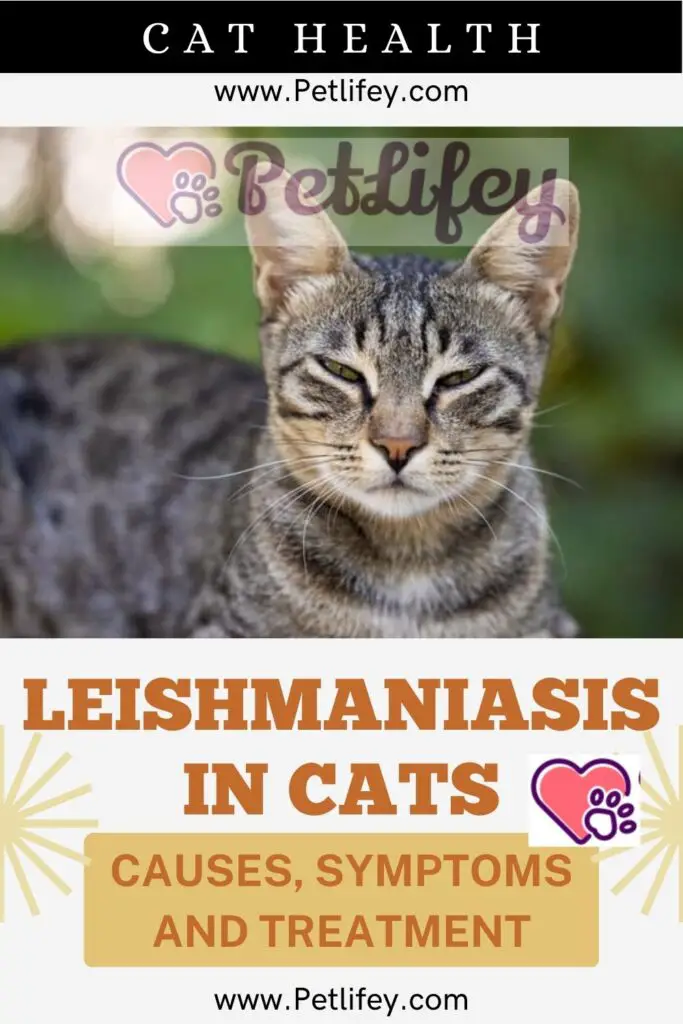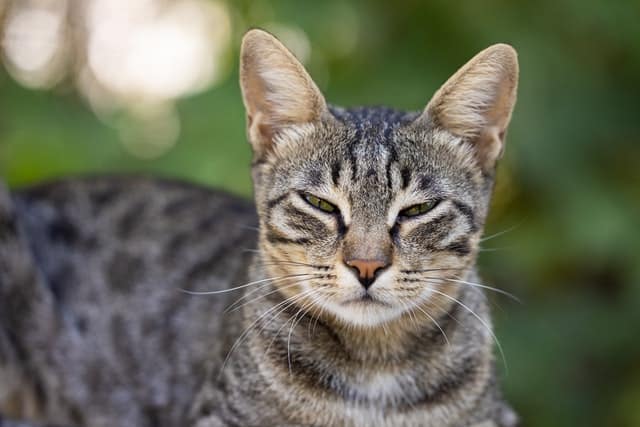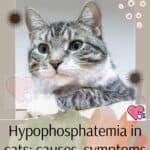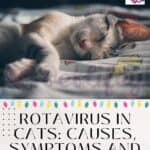
Leishmaniasis in cats is an increasingly common disease in these animals. We will explain: the causes, symptoms and treatment to combat this pathology.
In the past it was considered a rare disease in cats, today feline leishmaniasis can be defined as a fairly widespread disease.
Among the most common forms, skin forms seem to prevail (nodules, ulcerations, scabs in the nose, eyelids, cat’s ears), but the parasite can also be the cause of damage to internal organs.
Causes
When we talk about the causes of this parasitic disease, we are referring to the infection caused by the parasite Leishmania infantum.
This parasite, or protozoan, enters the cat’s body through the bite of an insect called Phlebotomo, infecting it with leishmania.
This infection, like so many other infections and diseases, has a greater chance of success, of course, in cats with weak or diseased immune systems. Otherwise, a cat with a strong immune system could easily defeat this virus.
Symptoms of leishmaniasis in cats
Cats with leishmaniasis can have different symptoms that the owner can easily spot, as there are many obvious signs on the skin but above all changes in the animal’s mood. Some of these primarily skin symptoms involve:
- scaly dermatitis
- anemia
- scabs and ulcers on the skin
- skin (skin) or mucous membranes (mucous membrane) wounds or marks, tongue and eyes.
- decline or weakness
- nodular dermatitis or the appearance of lumps in any area of the body (head, eyelids, legs)
- conjunctivitis in cats
Some more severe cases of leishmaniasis can develop visceral conditions such as:
- poor appetite, weight loss and anorexia;
- liver and kidney disease;
- vomiting and cat diarrhea.
There are three forms of Leishmaniasis: the ocular form, the cutaneous form and the generalized systemic form.
Ocular shape
The ocular form is very frequent, it involves: granulomatous blepharitis, conjunctivitis in cats and keratitis, as well as unilateral uveitis (which is the most frequent ocular lesion) which can turn into panophthalmitis.
Generalized systematic form
This is the least common form, as the widespread spread of the parasite is rare. In affected animals it can lead to injury to the spleen, liver, kidneys and lymph nodes.
Regional or generalized lymphadenopathy may also be noted, appearing in a good percentage of cases. The most frequently reported common symptoms are cat asthenia and anorexia.
Cutaneous form
The cutaneous form is the most frequent, it involves evident symptoms of cutaneous and mucocutane lesions. An example is nodular dermatitis, characterized by painless subcutaneous dermal nodules, located predominantly on the head and on the front and hind legs (pads).
Erosive – ulcerative dermatitis is characterized by ulcerative-crusted lesions localized on the head, muzzle and neck, on the plantar pads of the cat or with bilateral symmetrical distribution on the carpus, elbow, tarsus or ischial tuberosity.
Treatment of leishmaniasis in cats
Treatment of leishmaniasis occurs in most cases, through the use of various long-term and expensive drugs. In addition, the animal’s immune system should be strengthened by proper nutrition of the cat.
Unfortunately, there is currently no therapy that effectively combats Leishmaniasis. However, cats and dogs can continue to lead acceptable lives despite the disease.
Prevention of leishmaniasis in cats

The first measure to prevent leishmaniasis is to avoid the bite of the insect very similar to the mosquito, which is the one that infects it. Keep in mind that butterflies are much smaller than usual mosquitoes, so they are difficult to see, plus they don’t make any noise when flying.
In the prevention of leishmaniasis (as we saw in the article that talked about how to prevent leishmaniasis in dogs), what has the greatest efficacy and reliability are the repellent products marketed.
Pipettes, collars, and aerosols are some of the most effective ways to protect cats from this insect. It remains obvious, the choice of the product must always be checked by the veterinarian in order to guarantee both the effectiveness of the pesticide and the health of the animal.
When we talk about prevention, we have to focus on 2 main problems: the hygiene of the house, the places they frequent and the animal’s body. So it is important:
- keep the house disinfected with anti-mosquito and anti-insect products
- avoid stagnant water in which these insects can reproduce
- feeding the cat a food that provides high quality nutritional components that help it to be healthy and strong
- supply of vitamins that increase the defenses
- provide probiotics (recommended by your trusted veterinarian)
- avoid stress in cats, as it poses a threat to the immune system of any organism.
In addition, the vaccine against this disease has recently been developed, although the feline version of this preventive method does not yet exist and, therefore, at the moment it can only be applied in dogs.






